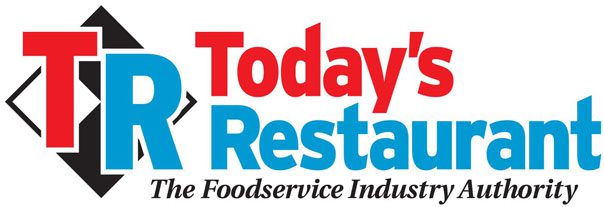
When is it best to advertise?
Many business owners believe that when business is slow it’s best to cut advertising and others believe when business is going great there is no need to advertise. Let’s examine these ideas.
- When Business is Slow
The goal of advertising during slow periods is:
- Drive new demand, awareness, or position for future sales.
- Advantages:
- Less Competition: During slower periods, other businesses may reduce their ad spend, so you may face less competition, which can mean lower ad costs and more visibility.
- Building Pipeline: Advertising during a lull can help build a pipeline for when demand picks up, positioning you as top-of-mind when customers are ready to buy.
- Customer Retention and Loyalty: Use this time to engage existing customers with value-add content, reinforcing relationships that could lead to cross-selling or upselling opportunities.
- Best Approach: Consistent approach even if your budget is tight run awareness-building campaigns that don’t require an immediate sale.
When Business is Good
The goal of advertising when business is good is:
- Maximize momentum and expand market share.
- Advantages:
- High Conversion Potential: Advertising when demand is high or during busy seasons may lead to faster, higher-converting sales.
- Sustained Market Presence: Running ads during peak times reinforces your presence, which can deter competitors and increase customer retention.
- Budget Availability: If business is good, you may have more budget to experiment with new channels, ad formats, or campaigns that can fuel further growth.
- Best Approach: Focus on more conversion-oriented campaigns, like retargeting or personalized offers, to capitalize on increased interest and purchasing intent.
Experts agree that every business should have a line item in their budget for advertising in bad and good periods. All businesses go through cycles of busy and slow times and by being consistent in your advertising and being flexible in your ad design will keep your product in their forefront of your potential customers minds.
The percentage of a business’s budget allocated to advertising varies based on factors like industry, business goals, and growth stage. Generally, the following guidelines are used:
- Standard Budget Recommendations
- Small to Medium Businesses (SMBs): Typically, 5–10% of total revenue is recommended for advertising and marketing.
- Established Companies: Established brands with steady revenue may spend around 5% of revenue on advertising, focusing more on retention and brand awareness.
- Growth-Focused or New Businesses: Newer or growth-focused businesses may allocate 10–20% of revenue to build awareness, capture market share, and drive sales.
- Industry-Specific Variations
- B2C Retail and E-commerce: These companies usually spend more (10–15% of revenue) due to high competition and frequent customer engagement.
- B2B Businesses: B2B companies may spend 2–5% of revenue if they rely heavily on direct sales. For growth, this can go up to 7–10%.
- Restaurants and Hospitality: These typically spend about 3–10% of revenue, depending on location, competition, and whether they rely on seasonal promotions.
- Budgeting Based on Goals
- Growth and Expansion Goals: For aggressive growth or expansion into new markets, allocate a higher percentage (10–20%) to advertising to capture attention and build a customer base.
- Maintenance and Retention Goals: For companies focused on retaining current customers, about 5% on brand and customer engagement strategies is typically sufficient.
- Digital-First vs. Traditional Advertising Mix
- Many companies are allocating 60–70% of their ad budget to digital channels, especially for online-first or e-commerce businesses. Others, like local businesses, may focus a bit more on traditional media or a mix of both based on target demographics.
For most businesses, a range of 5–10% of revenue is a good starting point, adjusted based on industry, goals, and stage. High-growth phases and highly competitive markets may justify up to 20%, while established brands with steady demand might maintain at a lower percentage.
Advertising during both good and slow times is important for sustaining growth and long-term success. In good times, focus on amplifying and maximizing current success; in slow times, focus on maintaining presence, nurturing loyalty, and creating demand that can carry over into busier periods. This balanced approach ensures you stay competitive and top-of-mind, regardless of market fluctuations.
Want to read more great articles you can use? Visit www.trnusa.com




Recent Comments